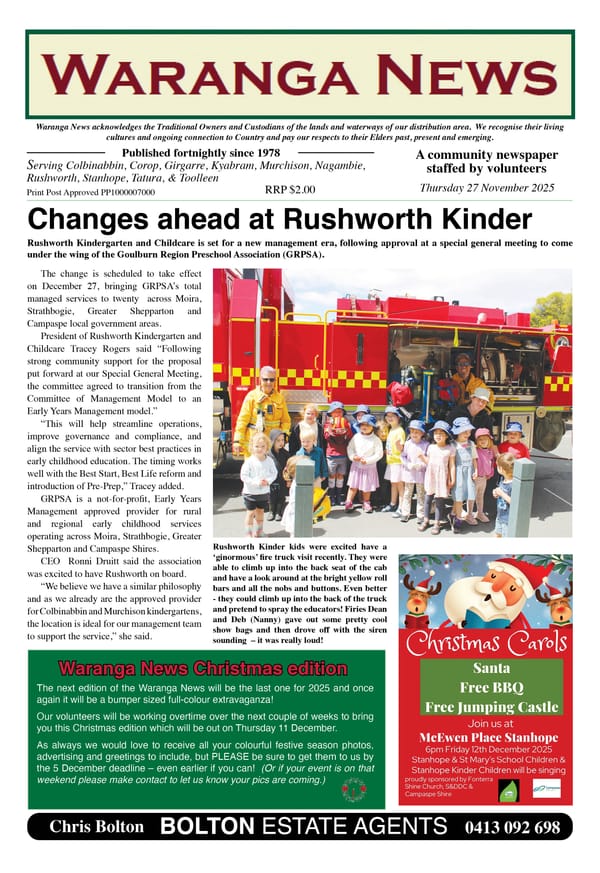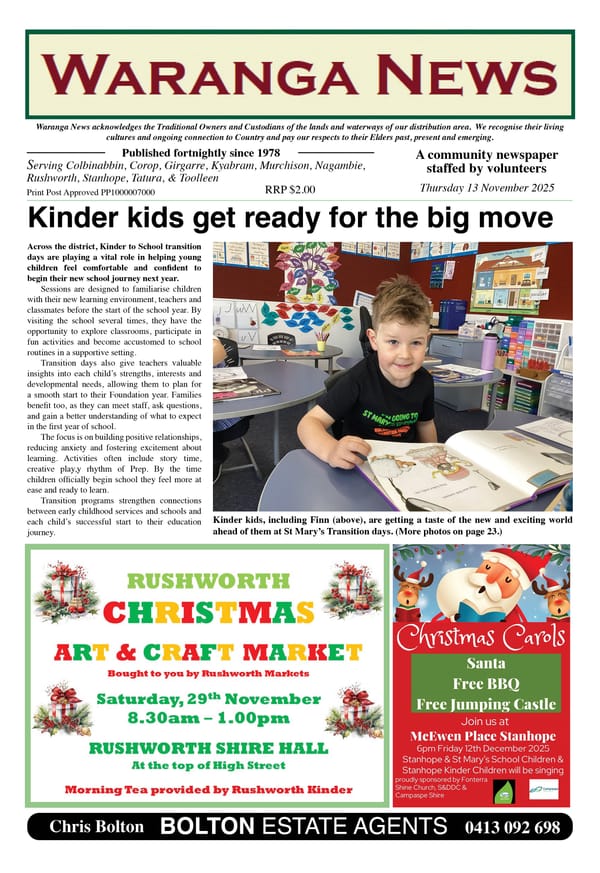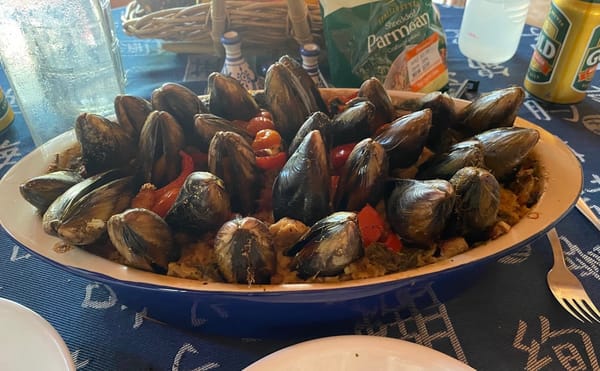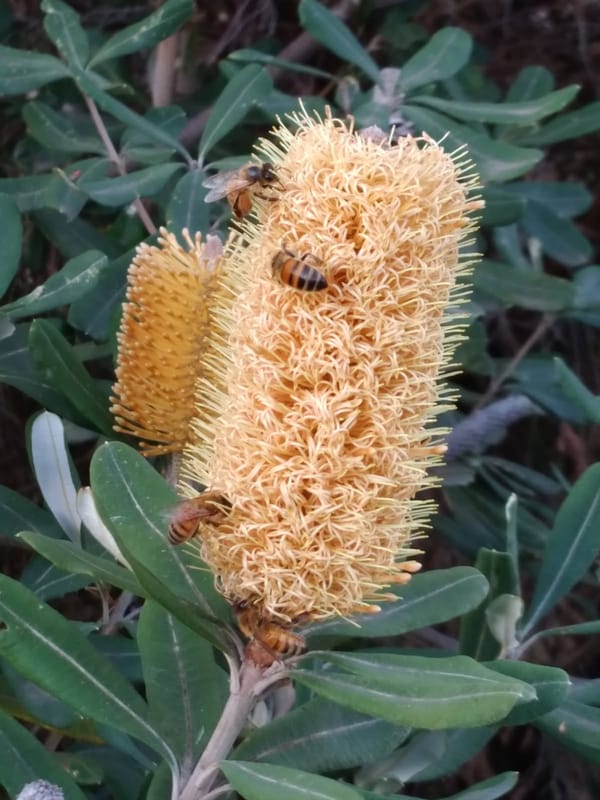Henry Campbell’s firewood mill
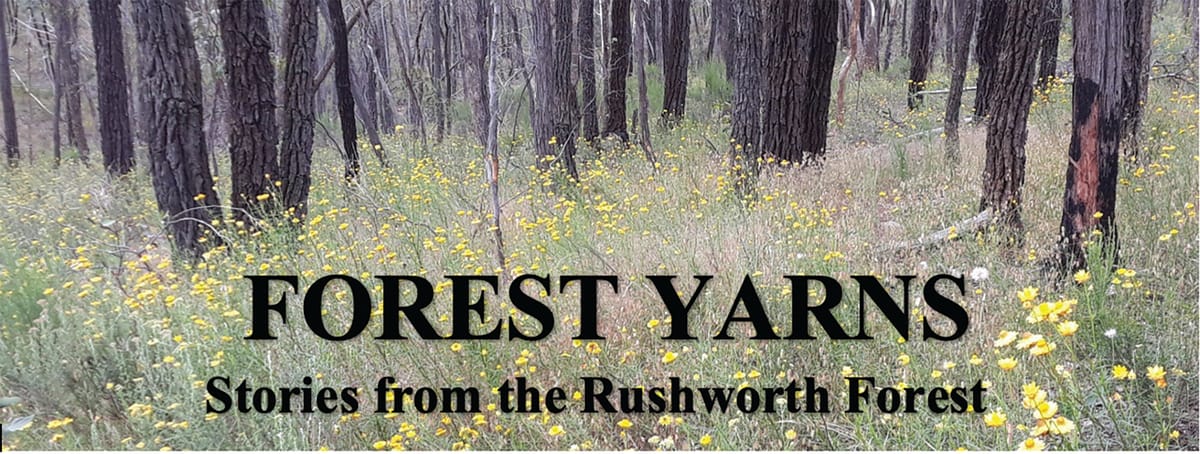
Henry Campbell was one of the first sawmillers to set up a firewood mill at the Rushworth station. He paid rates on the site from 1892 to 1902,1 when he sold the mill and moved to Wangaratta with his wife.
Apparently unrelated to other Campbells who came to the Waranga area, Henry was born in Sydney in 1850. His father Archibald had come out to Australia from Scotland as a 21-year-old in 1830. On Christmas Eve in 1849, Archie married Martha Healy, an Englishwoman from Middlesex. Henry was the first of their ten children born between 1850 and 1877. By the time Henry came to live in Rushworth in the early 1890s, the Campbell family was well established in the Axedale area.
It appears that he was the only one of the family who came to Rushworth. At the time of his arrival, Henry was a bachelor in his early 40s, but married Matilda Smith soon afterwards. They did not have any children.
Mill at the station
When Henry set up his mill at the Rushworth station, there was no separate siding available for mill owners. That improvement was not made until 1899. The exact location of the Campbell mill on the Victorian Railways property is not known.
Like the other millers mentioned in the previous story, Henry would have employed men out in the forest cutting timber into billets. The billets were cut and split, often into seven-foot (2.4m) lengths so that they were more manageable. Other workers would transport the billets to the station by means of a single horse and dray, horse teams with wagons or steam traction engines and wagons. Finally, there was a team working at the mill itself cutting the billets into the desired size. For household firewood, this was generally one-foot lengths; various industries required other lengths e.g. bakers’ ovens often used two feet and four inch firewood (0.7m).2
Sale of mill
For reasons unknown, Henry decided to sell the wood mill in 1902, after over 10 years of operation. Perhaps he had made enough money to move on to another business venture of his choice – a pub. Fortunately for posterity, he advertised the sale of his mill in the Melbourne papers. In so doing, he outlined the sort of equipment needed to run a firewood milling operation of the type run at the Rushworth station, viz. - “FOR SALE BY TENDER – A FIREWOOD MILL, situate (sic) in the Rushworth railway yard, in the centre of a good grey box district. The plant consists of 1 (one) 7-horsepower engine, by Hornsby and Co., 2 circular saws, 1 gulleting machine, 1 vice, 1 200-gallon iron tank. Water laid on. The whole in good working order, doing 70 (railway) trucks per month. Tenders to be sent in to the undersigned by Friday 29th August. For further particulars apply HENRY CAMPBELL, Rushworth.”3
The nature of most of the equipment is obvious, except perhaps for the gulleting machine. The gullet is “the space in front of each tooth that moves the sawdust away from the blade, is not just a random size cut-out in the saw. While the distance between the top of the tooth to the bottom (lowest point of gullet) is the gullet depth, the area of space in the gullet will determine how much sawdust or chip load the gullet can handle.”4
The Hornsby engine was steam-powered as electricity did not come to the town until 1914. Hornsby engines were made by an innovative engineering company in Lincolnshire, England.
After Rushworth
When Henry and Matilda left Rushworth, they moved up to Wangaratta where they were hotelkeepers at the Sydney Hotel until his death in 1913, aged 63. The death notice placed in The Argus noted that he was “late of Rushworth and Bendigo.” i.e. he had lived in both places prior to his death. Siblings mentioned on the notice were brothers George, James, Archie, Charles, William and Robert, and sisters “Mesdames Whittaker, Powell and Rosewarne.”5 At the time, Henry was described as “an enthusiastic Caledonian” (Scotsman).6 He had been a member of the local Caledonian Society. His estate, which was left to Matilda, was valued at over 7000 pounds, including the hotel buildings valued at 5000 pounds.7 In today’s dollars, he was a millionaire. Matilda married again the following year.
References: 1 Cerchi, Samantha, summary of Waranga Rate Books 1891-1904; 2 Spiby, Tracey, report prep for government inquiry into box-ironbark forests; 3 The Age 26.8.1902; 4 woodbusiness.ca/saw-filing-101; 5 The Argus 30.7.1913; 6 The North Eastern Ensign 8.8.1913; 7 The North Eastern Despatch 27.9.13
Forest Nature Note
You may have noticed that Pied (black and white) Currawongs are back in the district, after spending summer up in the Victorian high country. They often appear in large numbers and their calls are quite distinctive. The lesser known Grey Currawongs are in the bush all year round, but unlike their cousins, they usually only appear singly or in pairs.

